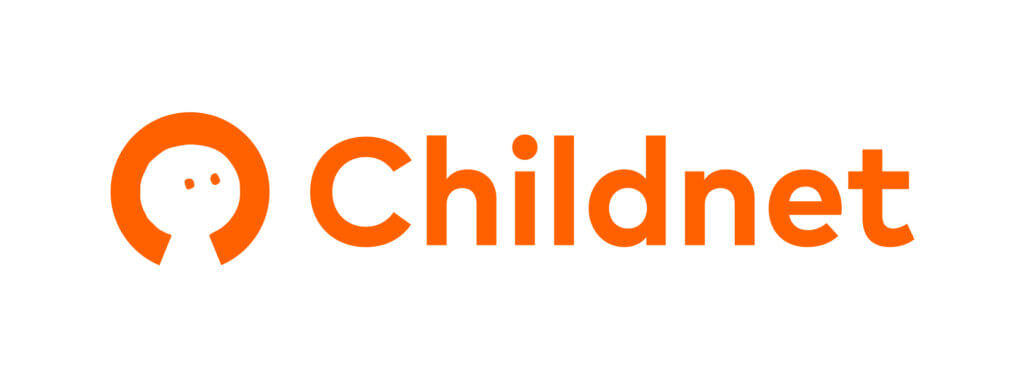At the Childnet, we regularly deliver online safety training sessions both virtually and in person to pupils, parents and teachers. Recently we have noticed a lot of conversations about the website ‘Omegle’, and we know parents and carers may have also heard about Omegle in the news recently. In this blog we are explaining to parents and carers what Omegle is and some of the key things to be aware of.
What is Omegle?
Omegle is a website which is specifically designed to allow users to talk to strangers. It works by randomly matching users to talk one-to-one using either text or video. It is free and anonymous to use, with no account registration or age verification. Many concerns have been raised about the safety and use of Omegle by children and young people.
Why are young people using it?
Young people have told us that the interest in Omegle could be because it connects strangers online, meaning that you never know who you will end up talking to. Sometimes people can have meaningful conversations about important topics, sometimes it might be jokey or even flirty. It also allows opportunities to talk with people from other countries, especially during lockdown when travel and face-to-face contact is limited.
Most recently, Omegle has been talked about and highlighted through the video sharing app, TikTok. TikTok users have recorded conversations happening on Omegle and then shared these widely on TikTok. This has raised the profile of Omegle with new users who may not have been aware of it previously.
Some influencers or TikTok users with large followings have used Omegle to interact more directly with their fans. They tell their followers that they will be present on Omegle at a certain time and may even encourage their fans to use the service at the same time, giving them a chance of randomly being paired for a chat.
Although young people have told us about these interesting sides of Omegle, they have also told us about the risks, most notably about the dangers around talking to strangers and the prevalence of adult content, particularly pornographic material. For some children and young people, the risk of not knowing what content you will see is part of the attraction of going on sites such as Omegle.
What do I need to know?
Contact with strangers
Omegle is specifically designed to encourage users to talk to strangers, by either using the website’s chat function or video calling within Omegle. Whilst chat is initially anonymous, many users choose to share personal information including names, ages, locations, email addresses, phone numbers or social media handles.
Explicit and adult content
Adult content is prevalent on Omegle, including pornographic content and adult language. Users have no control over what they may see or hear when matched up with a stranger. Some people use Omegle with the intention of engaging in sexually explicit conversations or participating in live sex acts, including with children and young people.
Lack of safety settings
Omegle does not allow users to report, flag or block chats that may be distressing, inappropriate or illegal. The website states: “Use Omegle at your own peril. Disconnect if anyone makes you feel uncomfortable.”
Omegle states: “Omegle video chat is moderated. However, moderation is not perfect. You may still encounter people who misbehave.”
Users can also choose to join an unmoderated section of the website. Some details of the moderation and monitoring of chat is available in Omegle’s privacy policy.
Age Ratings
Omegle is only intended for use by young people aged 13 years or older, but does not ask users to verify their age. Additionally, Omegle states that for young people under the age of 18, it should only be used “with a parent/guardian’s permission”. However, users are not asked to give their age before they start using the service.
Recording chats
Some people choose to record or screenshot chats in Omegle without the knowledge or consent of their chat partner. This means a one-to-one conversation may end up being seen by many other people. Live chat provides an additional challenge for children and young people who do not have the opportunity to edit or take back the things they may say or do in the moment.
Our advice
Have an open and honest conversation with your child.
The best way to support your child with life online is maintaining an open and honest dialogue about their online interests, including favourite apps and games. By showing you’re interested, children are also more likely to feel comfortable coming to you if there’s an issue. Our Parents and Carers Toolkit includes resources to help talk about life online.
Avoid talking about Omegle by name, unless mentioned by your child.
Not all young people are interested in or using Omegle. By asking your child specifically about this website and no others, you may draw their attention to something they were not already aware of. Instead, we would advise to talk generally about life online and only discuss Omegle specifically if your child mentions it or you think they are using it.
If they do talk about Omegle, these further points may be of help:
Consider whether your child is ready to navigate the risks presented Omegle.
Whilst the risks and harms present on Omegle are not unique to this site and exist elsewhere on other platforms, the lack of safety settings on Omegle can make it more difficult to manage. Without adequate safety tools, we do not advise that this service is suitable for children of any age. You may decide to use parental controls to limit access to the website, especially for younger children.
Explain the risks simply and without judgement
We often hear from young people that when parents confiscate technology or ban specific apps and sites without explanation, this can be frustrating. It may also lead to your child trying to find ways around a ban and doing so in secret. If you are uncomfortable with your child using Omegle, be honest and specific about your concerns so they understand your decision.
Look for alternatives
There are many other fun and exciting opportunities for young people to enjoy online, without the same level of risk as Omegle. Try using a site like the Family Video Game Database or Common Sense Media to look for age-appropriate alternatives to share with your child.


